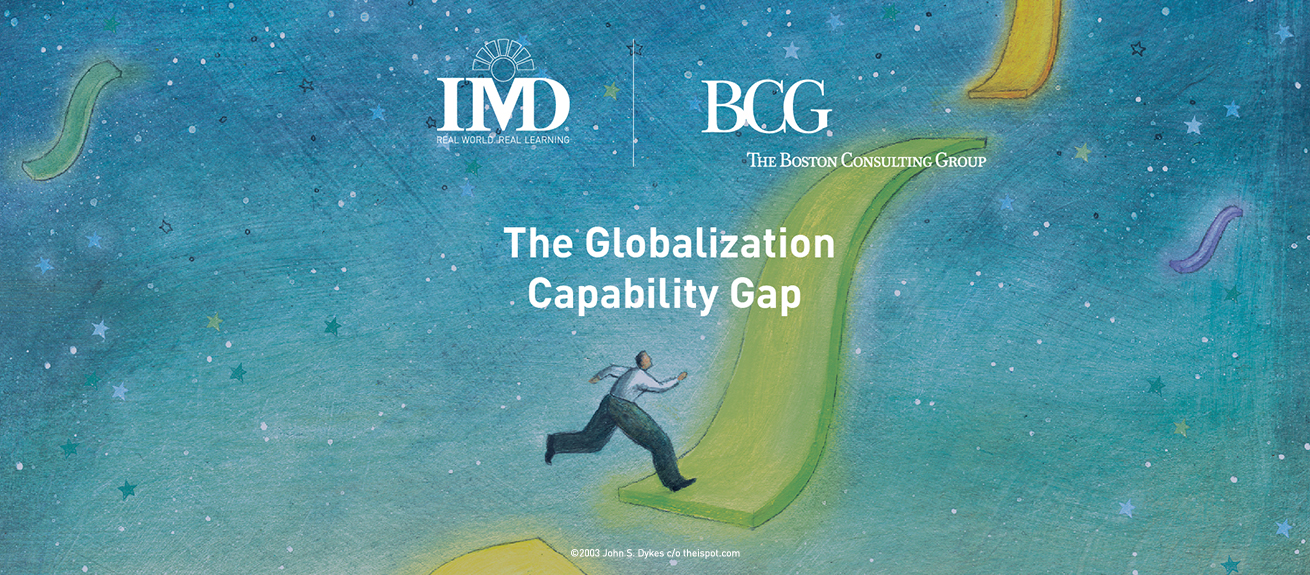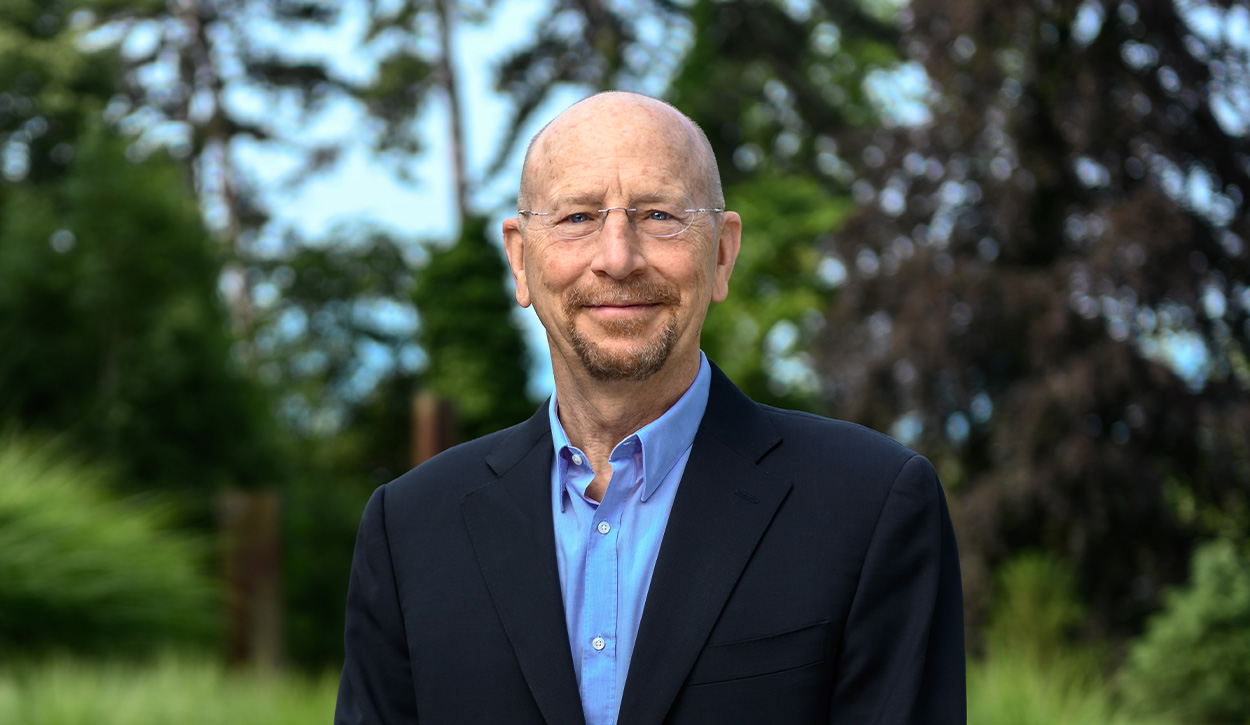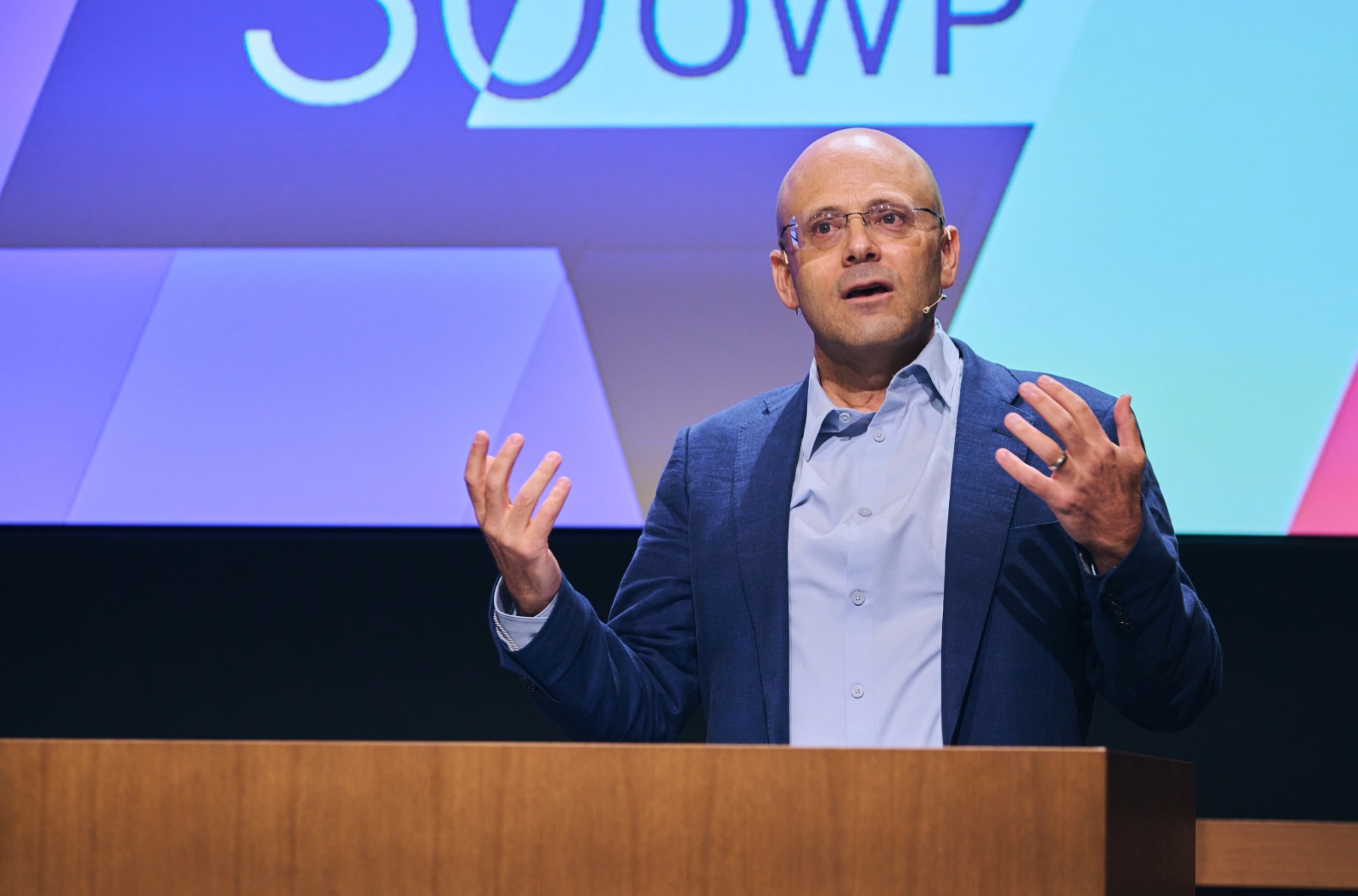
Globalization capability gap
Over the past few decades, the rise of emerging markets—initially as sources of cheap labor and then as rapidly growing consumer markets and centers of capital investment and innovation—has caused most companies of size and stature to enlarge their global ambitions. But despite this concerted push to globalize, few companies are ready to build and run truly global organizations and operations.
- Only about 10 percent of companies believe they have the full complement of capabilities required to win overseas. Most companies are barely mastering the basics.
- A smart strategy is necessary but insufficient. The winners in globalization also execute better than their competitors.
- Companies struggle with three specific areas overseas: strengthening their go-to-market, logistics, and other value-chain activities; aligning their organization to support the global agenda through, for example, the spread of best practices; and mastering mergers and acquisitions.
- Line managers who run businesses or regions are much more pessimistic about their companies’ global readiness than headquarters staff.
- Midsize companies are at the greatest risk in going global. They are less nimble than smaller companies and do not have the scale or systems of larger ones.
Those are the primary messages of the Global Readiness Survey, which was conducted jointly by BCG and IMD business school. (For details on our methodology, see the sidebar “What We Asked, Whom We Surveyed, How We Scored.”) In this report, we explore our findings and take a detailed look at what separates the leaders from the laggards in globalization.
The survey posed a set of 24 questions about globalization. Two of the questions specifically addressed ambition. The average ambition score was 72 percent (100 percent signifies that globalization is the company’s top priority). In line with this relatively high level of ambition, 75 percent of companies plan to increase their international share of business. Aspirations vary by industry, with technology companies the most bullish and banks the most conservative. Globalization ambition also varies by region, but to a lesser degree.
Research Information & Knowledge Hub for additional information on IMD publications
Despite geopolitical upheavals that threaten global growth, companies continue to see business opportunities across borders. As leaders strategize how to position their operations amid war, trade disputes, disease outbreaks, and climate change, ha...
Last week, a notification flashed. “Add your email address for extra security,” my phone chirped. It was from WhatsApp. I stared at the screen, a single question forming in my mind: Security? Or surveillance? I tapped “No.” The feeling wasn’t ange...
Research Information & Knowledge Hub for additional information on IMD publications
Research Information & Knowledge Hub for additional information on IMD publications
in I by IMD
Research Information & Knowledge Hub for additional information on IMD publications
in I by IMD
Research Information & Knowledge Hub for additional information on IMD publications
Research Information & Knowledge Hub for additional information on IMD publications
Research Information & Knowledge Hub for additional information on IMD publications
Research Information & Knowledge Hub for additional information on IMD publications
in I by IMD
Research Information & Knowledge Hub for additional information on IMD publications
Research Information & Knowledge Hub for additional information on IMD publications
in I by IMD
Research Information & Knowledge Hub for additional information on IMD publications









